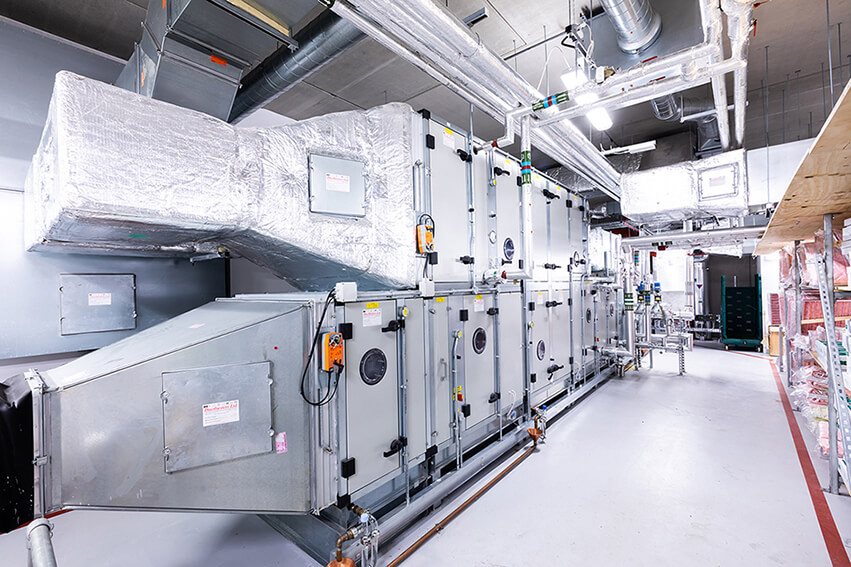Reduced Risk
There are significant risks associated with not maintaining buildings during the current pandemic. Mitie Technical Services has released a series of Technical Bulletins and practical measures to help keep sites safe.
COVID-19 Building Maintenance Bulletins
Download Mitie’s latest guidance on maintaining your building during the COVID-19 pandemic:
BULLETIN No 1: Use of ICAR
Capacitors in uninterruptible power supply (UPS) systems –
Download >
BULLETIN No 2: HSE issues
safety alert over the phenomenon of condensate induced water hammer in steam
systems
Download >
BULLETIN No 3: Water
management on contracts and Responsible Persons (RPs)
Download >
BULLETIN No 4: Reduced
occupancy planning of buildings and facilities
Download >
BULLETIN No 5: Building
services operation to prevent the spread of COVID-19
Download >
BULLETIN No 6: Planned
Maintenance and Work Orders
Download >
BULLETIN No 7: CETA support
to building services operation during the COVID-19 pandemic
Download >
BULLETIN No 8: COVID -19
temporary building closure
Download >
BULLETIN No 9: COVID-19 advice and guidance from Gas Safe Register regarding expiring ACS qualifications for Mitie Gas Engineers Download >
BULLETIN No 10: HSE Guidance during the COVID-19 Crisis for Written Schemes, Statutory Inspections or Thorough Examinations Download >
BULLETIN No 11: Reopening
closed buildings post COVID-19
Download >
BULLETIN No 12: Water
management for returning a building into service following COVID-19 closures
Download >
_
_
Practical Measures
Mitie Technical Services have formulated a series of practical measures, designed to address four different site status:
- Business Almost as Usual;
- Significantly Reduced Occupancy;
- Closed; and
- Critical.
Business Almost as Usual
In buildings that are kept operational, there are four contamination routes that need particular attention:
- Contaminated airborne water droplets
- Contaminated work surfaces
- Human contact cross-contamination
- Fecal-oral transmission in washrooms
To help prevent this contamination:
- Avoid recirculating air: ensure 75% of the air-change rate at all times.
- Systematically sanitise high contact touch points e.g. door handles, lift buttons, toilet flushes etc.
- Actively monitor waste and drainage points: prevent water stagnation and overflow.
- Minimise airborne droplets in washroom areas: avoid hand dryer use in poorly ventilated spaces and consider fitting toilet lids.

Significantly Reduced Occupancy
Buildings with reduced occupancy present both risk and opportunity:
- Legionella risk: with lower usage of water outlets e.g. taps and basins, there is a need for more regular flushing. In some cases decommissioning of low usage areas should be assessed.
- Business continuity risk: resilience of critical infrastructure e.g. data servers or electricity generators, may be put at risk if building inspection regimes are not implemented.
- Energy saving opportunity: while occupancy levels have significantly dropped, our data shows that buildings are still consuming the same amount of energy.
We project a 35% energy and carbon saving for sites with reduced occupancy.

Closed
Closed sites should be kept safe and ready for recommissioning. If maintenance regimes such as SFG30 mothballing are not implemented, there is a significantly increased risk of:
- Building services deterioration: without minimum caretaking activity, buildings can be damaged e.g. through high levels of humidity and failure of electrical systems and controls, including fire.
- Contravening statutory and duty of care obligations: despite the COVID-19 pandemic, statutory and duty of care obligations must continue to be fulfilled.
- Delayed reoccupation: without minimum caretaking activity, it will take longer and cost more to recommission sites for use.
Remote Monitoring Systems and onsite inspections can help mitigate these risks.

Critical
Critical infrastructure and Business Continuity Plans are being tested like never before. At the same time, the availability of dedicated engineers is reduced.
To meet this unprecedented challenge, Mitie’s Critical Engineering & Technical Assurance (CETA) team are:
- Redeploying staff with relevant qualifications and Competent Person (CP) status
- Proactively managing our well developed and longstanding critical supply chain
- Deploying specialist teams to rapidly reinstate clients’ business critical infrastructure
Request further information >

Get in touch
If you would like to speak to our building maintenance experts, please complete this form and we’ll contact you as soon as possible.
Mitie Energy: Reducing the cost of empty buildings
While occupancy levels have significantly dropped as a result of the COVID-19 pandemic, our data shows that buildings are still consuming the same amount of energy.
There are significant opportunities to reduce and optimise sites, immediately reducing carbon output and saving money.
Find out more >
COVID-19: Thermal imaging
Mitie Security is helping businesses mitigate against the spread of Coronavirus with the launch of a new suite of fever-screening solutions.
Find out more >
 Skip to content
Skip to content